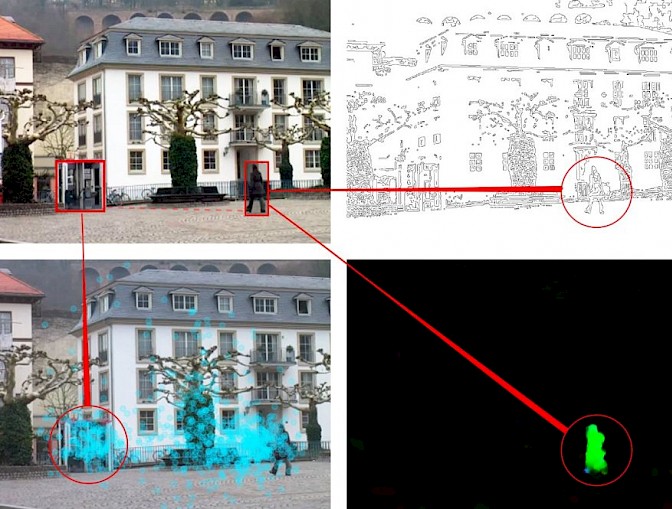

These use cases aren't yet part of the Holographic Shell experience (that is, the interface that you see when you start up your HoloLens 2).

The following use cases describe some interactions that are possible with eye tracking on HoloLens 2 in mixed reality. Optimal target size at a 2-meter distanceĮye tracking enables applications to track where the user is looking in real time.
#EYE TRACKING DATA ANALYSIS HOW TO#
We'll discuss how to address the selection of small targets in more detail below.įor eye tracking to work accurately, each user is required to go through an eye tracking user calibration. The predicted eye-gaze is approximately within 1.5 degrees in visual angle around the actual target (see the illustration below).Īs slight imprecisions are expected, developers should plan for some margin around this lower-bound value (for example, 2.0-3.0 degrees may result in a much more comfortable experience). To learn more about the calibration and about how to ensure a smooth experience, check our eye tracking user calibration page.īefore going into detail about specific use cases for eye-gaze input, we want to briefly point out the capabilities that the HoloLens 2 Eye Tracking API provides.ĭevelopers get access to a single eye-gaze ray (gaze origin and direction) at approximately 30 FPS (30 Hz).įor more detailed information about how to access eye tracking data, refer to our developer guides for using eye-gaze in DirectX and eye-gaze in Unity. We have provided recommendations for fallback solutions in the section at the bottom of this page. External factors inhibiting reliable eye tracking such as smudges on the HoloLens visor or eyeglasses, intense direct sunlight, and occlusions due to hair in front of the eyesĭevelopers should make sure to provide adequate support for users for whom eye tracking data may not be available (who aren't able to calibrate successfully).The user has certain eye physiology, eye conditions or had eye surgery, which the system doesn't yet support.The user has certain types of contact lenses and glasses, which the system doesn't yet support.The user got distracted and didn't follow the calibration targets.The user previously opted out of the calibration process.Calibration might fail for various reasons, including but not limited to: This allows the device to adjust the system for a more comfortable and higher quality viewing experience for the user and to ensure accurate eye tracking at the same time.Įye tracking should work for most users, but there are rare cases in which a user can't calibrate successfully. Calibrationįor eye tracking to work accurately, each user is required to go through an eye tracking user calibration for which the user has to look at a set of holographic targets.
#EYE TRACKING DATA ANALYSIS FULL#
Download and enjoy the full experience here. This video was taken from the "Designing Holograms" HoloLens 2 app. When you've finished, continue on for a more detailed dive into specific topics. If you'd like to see Head and Eye Tracking design concepts in action, check out our Designing Holograms - Head Tracking and Eye Tracking video demo below. Head and eye tracking design concepts demo For eye-tracking capable applications, the user needs to grant app permission to use eye tracking information.
This page explains how developers can benefit from eye tracking for various use cases, and what to look for when designing eye-gaze-based user interactions.Įye tracking API has been designed with a user’s privacy in mind, avoiding passing any identifiable information, particularly any biometrics. HoloLens 2 allows for a new level of context and human understanding within the holographic experience by providing developers with the ability to use information about what the user is looking at.


 0 kommentar(er)
0 kommentar(er)
